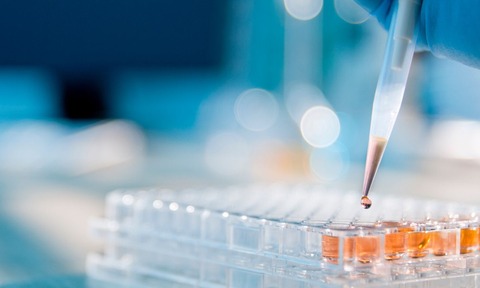
Considered by many to be the new ‘gold standard’ for Glucagon measurements, the Mercodia Glucagon ELISA is now available from Diagenics.
Designed for superior sensitivity, the ELISA enables users to measure physiologically suppressed levels of Glucagon. This has been proven by independent evaluators, stating that only the Mercodia Glucagon ELISA had optimal performance for measuring glucagon concentrations in clinic samples (Wewer Al Brechtsen et al., 2016).
When choosing a glucagon immunoassay, it is important to study the cross-reactivity table carefully. The Mercodia Glucagon ELISA has very low cross-reactivity to oxyntomodulin and glicentin, and data on the cross-reactivity at different concentrations can be obtained from Mercodia. Biacore and ELISA analyses have shown that there is no cross-reactivity to glucagon 3-29, at or above physiological concentrations, in the Mercodia assay.
This is an important finding since glucagon 3-29 has been reported to be the major metabolite in clinical samples due, in large part, to in vitro plasma protease metabolism during sample storage (Howard JW et al., 2015). Increased specificity is a primary reason why concentrations in the Mercodia glucagon assays are lower than concentrations generated by other glucagon assays.
The Mercodia assay only requires 25μl for human samples and 10μl for animal samples.
Mercodia assays contain a unique blocking solution to prevent or minimise matrix interferences, especially important for the 10μl assay, which has been optimised for animal samples.
Both the Mercodia Glucagon assays can be used with samples from cultured cells, providing accurate glucagon measurement options for those conducting in vitro research (e.g., conversion of alpha to beta cells or vice versa, human embryonic stem cells to alpha or beta cells, production of islet-like clusters, etc.)
There are many factors that could potentially influence the results from an immunoassay. It is extremely important to control every step of the manufacturing process, from antibody to final product, and this is why Mercodia only uses monoclonal antibodies. For the Mercodia Glucagon assays, two highly specific mouse monoclonal antibodies were developed and characterised extensively using ELISA and Biacore techniques.
The 25μl Mercodia Glucagon ELISA is validated for human samples and the 10μl Mercodia Glucagon ELISA has been validated for mouse, rat, and non-human primate samples. The antibodies are controlled and manufactured with the same characteristics in each lot, resulting in assays with very low lot-to-lot variation, year after year.






